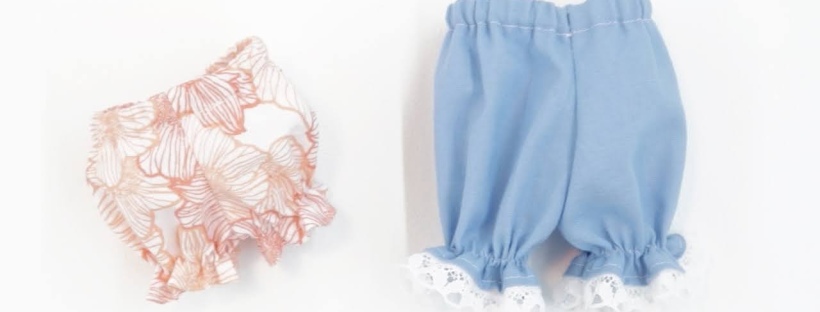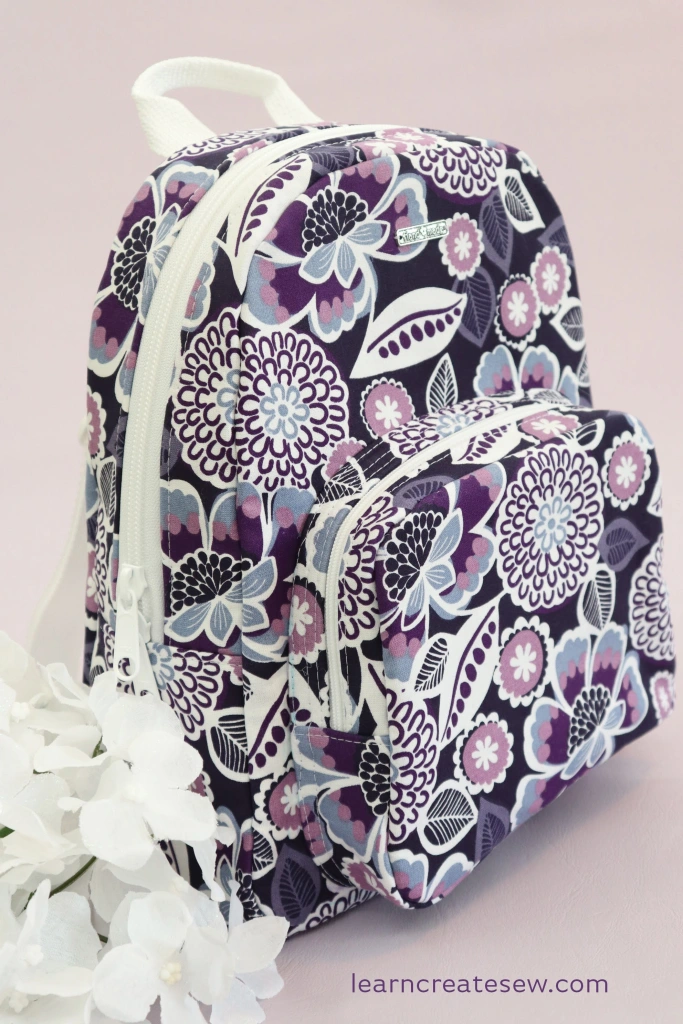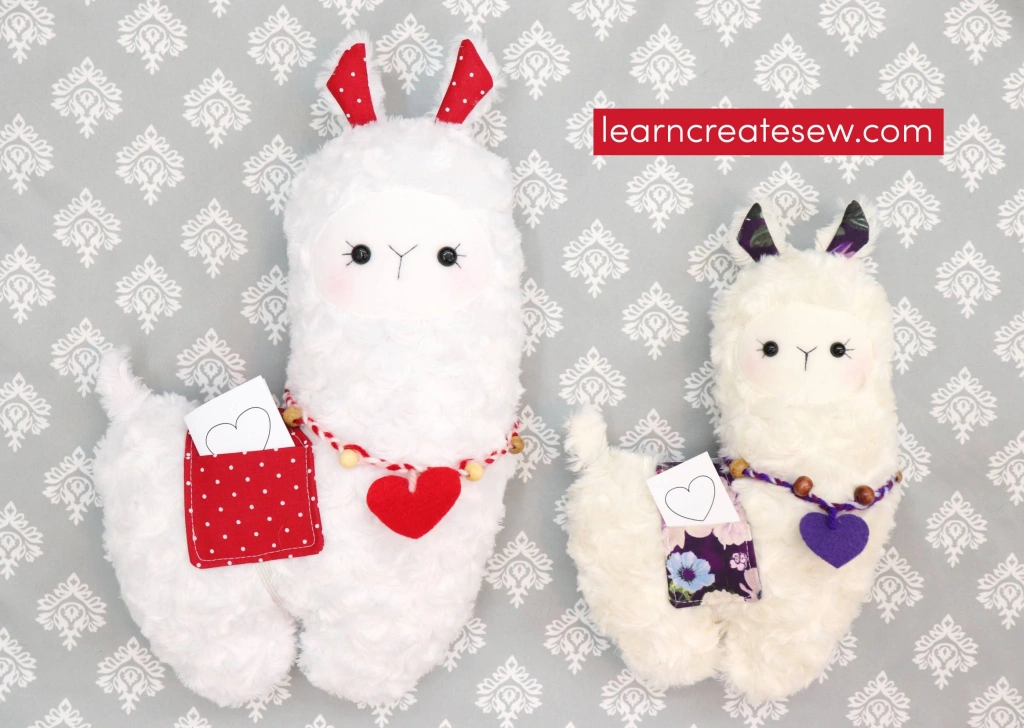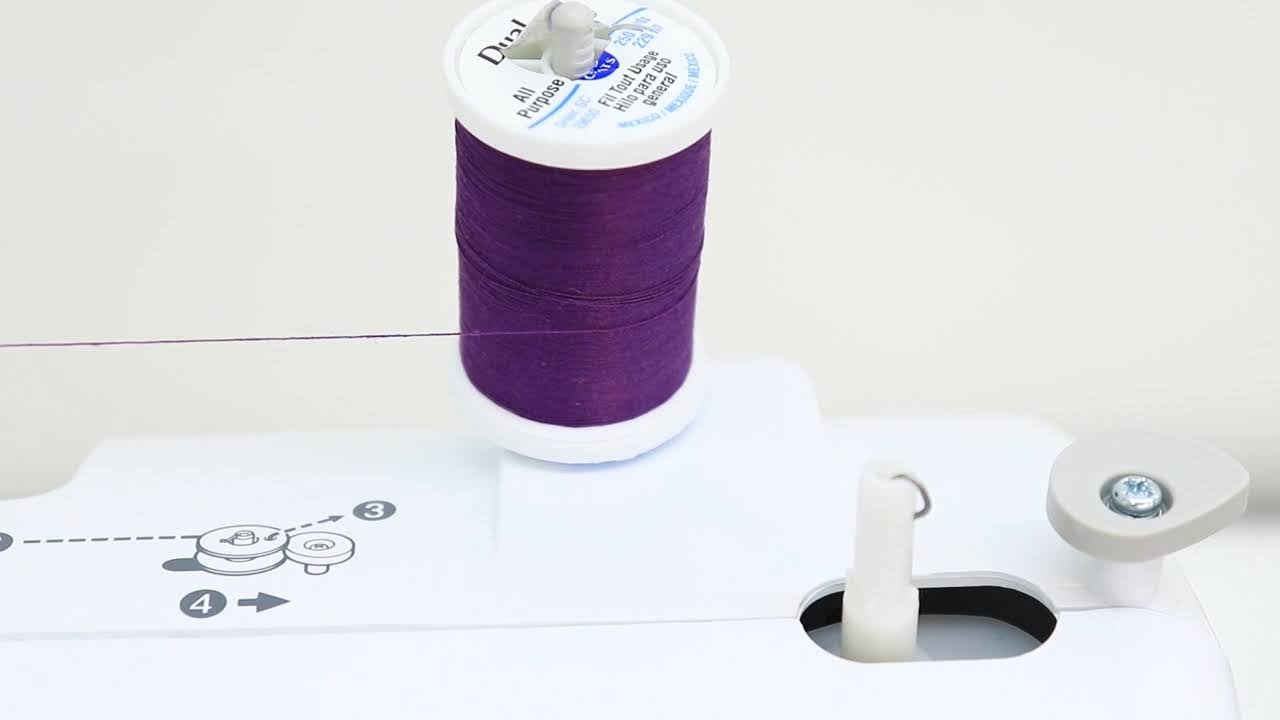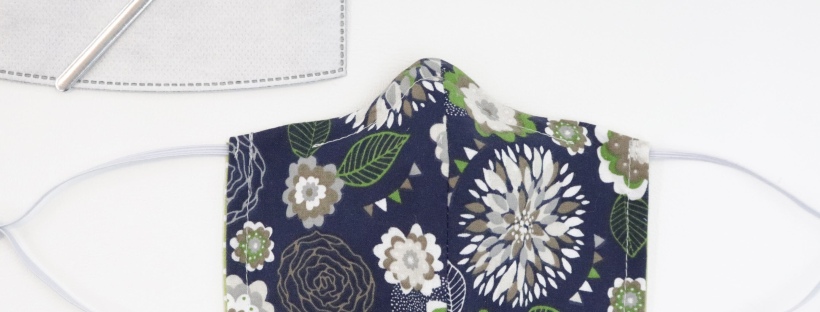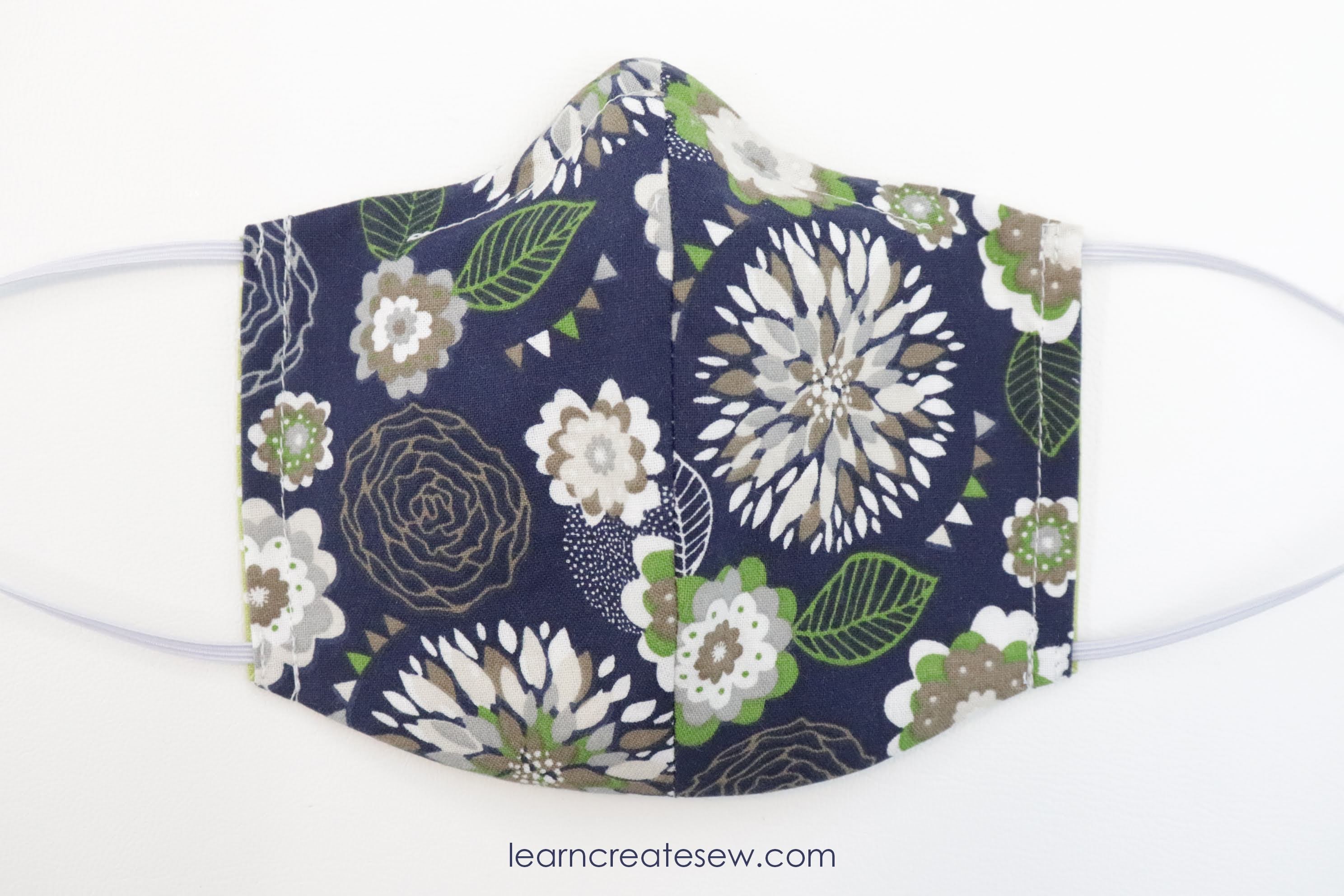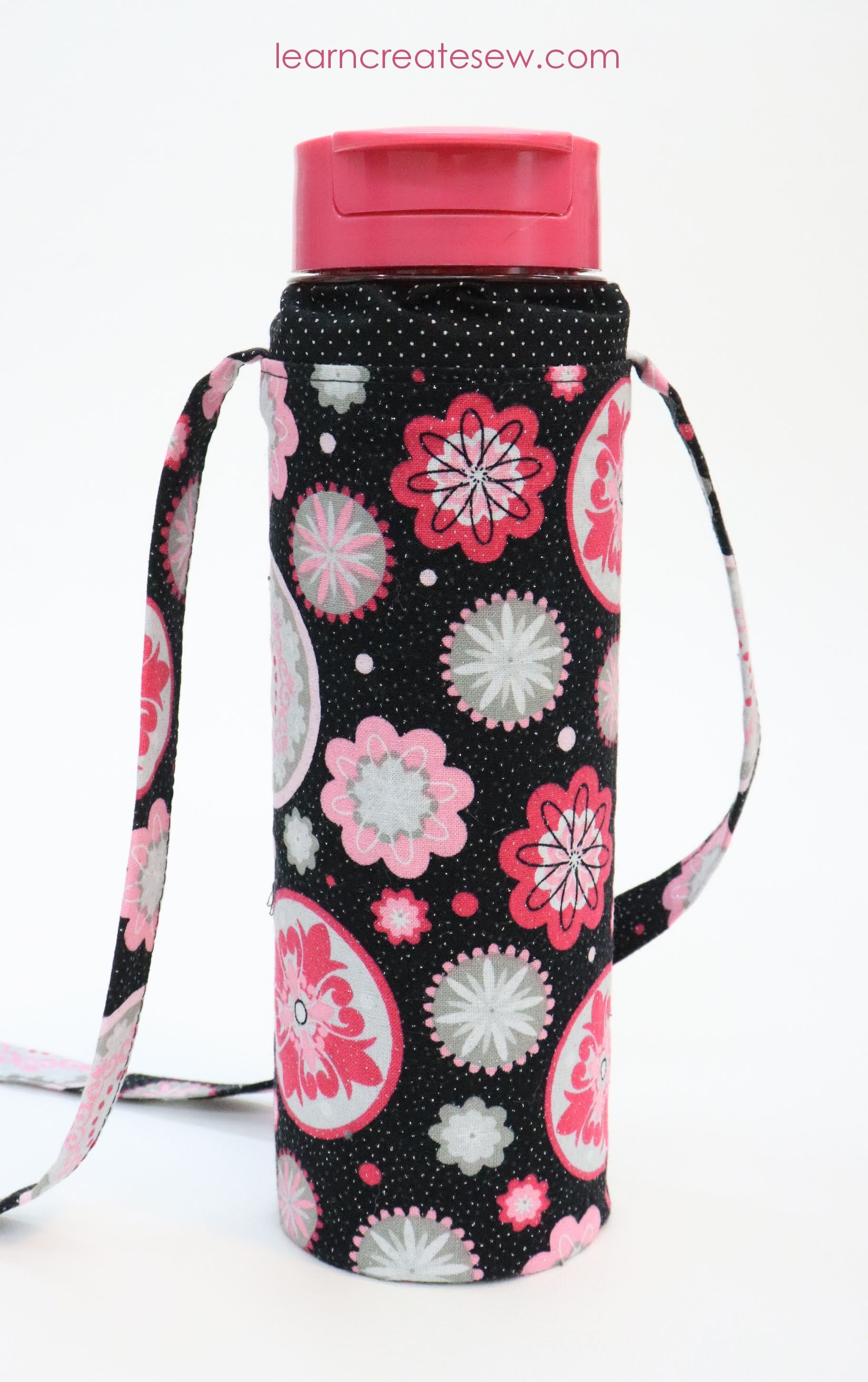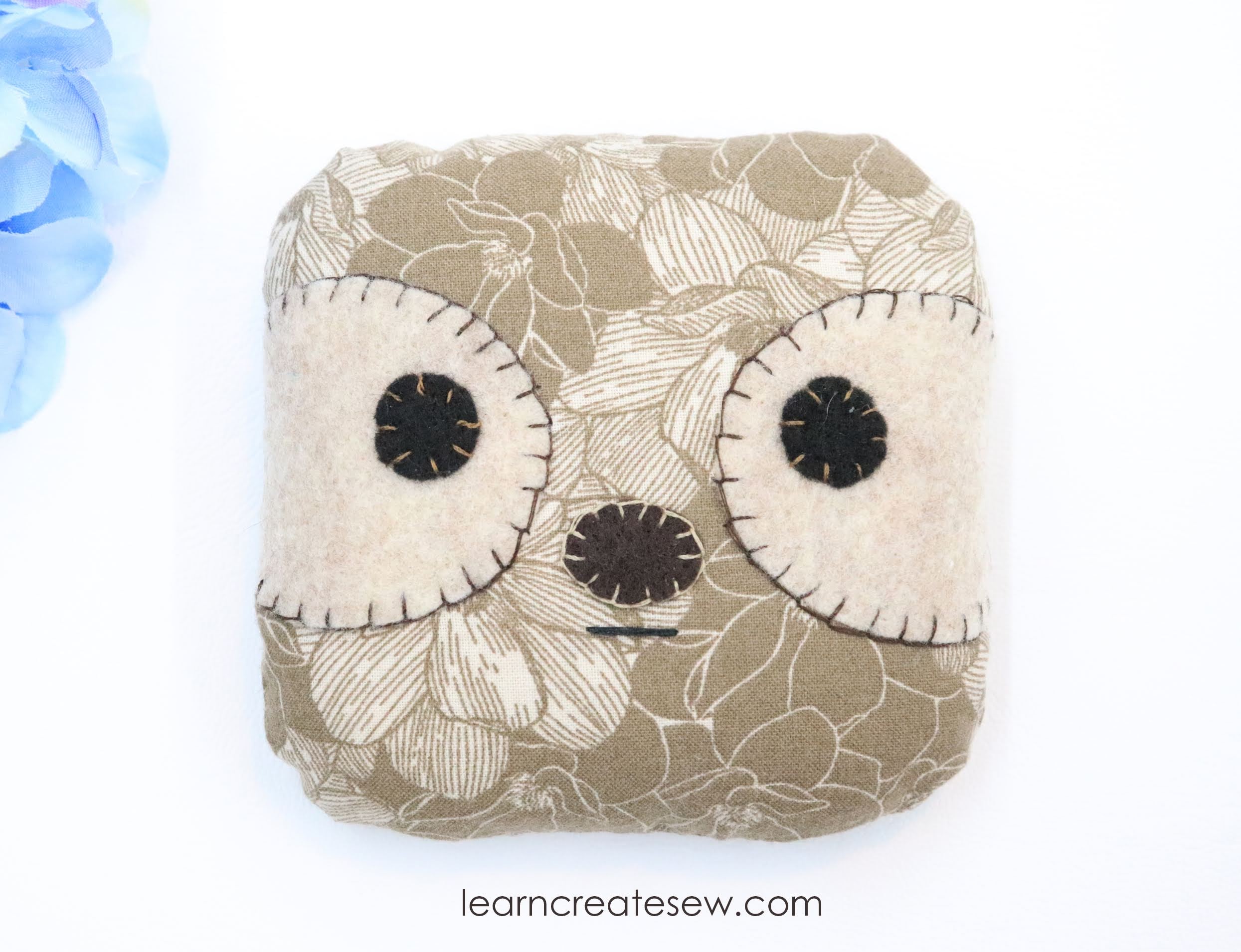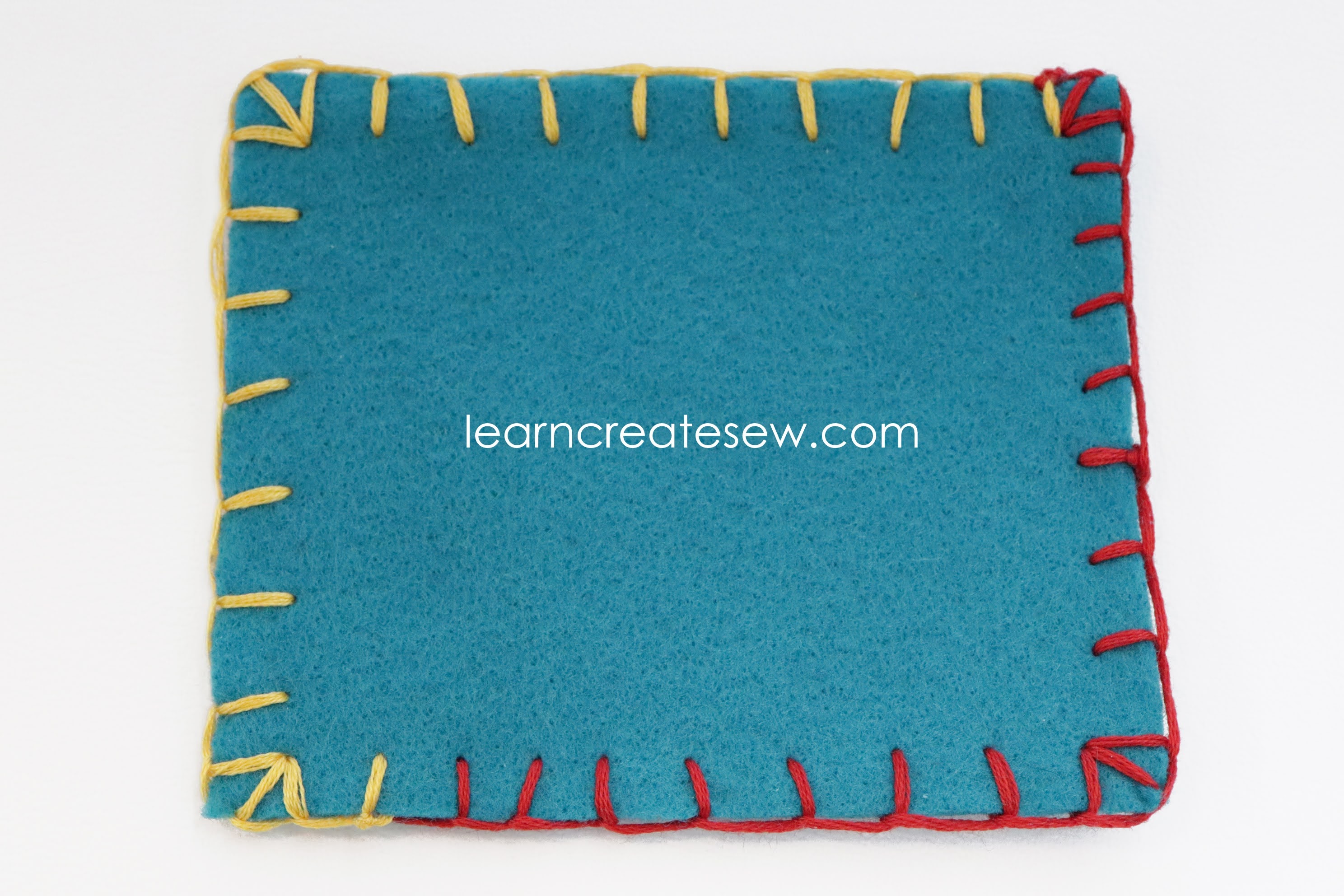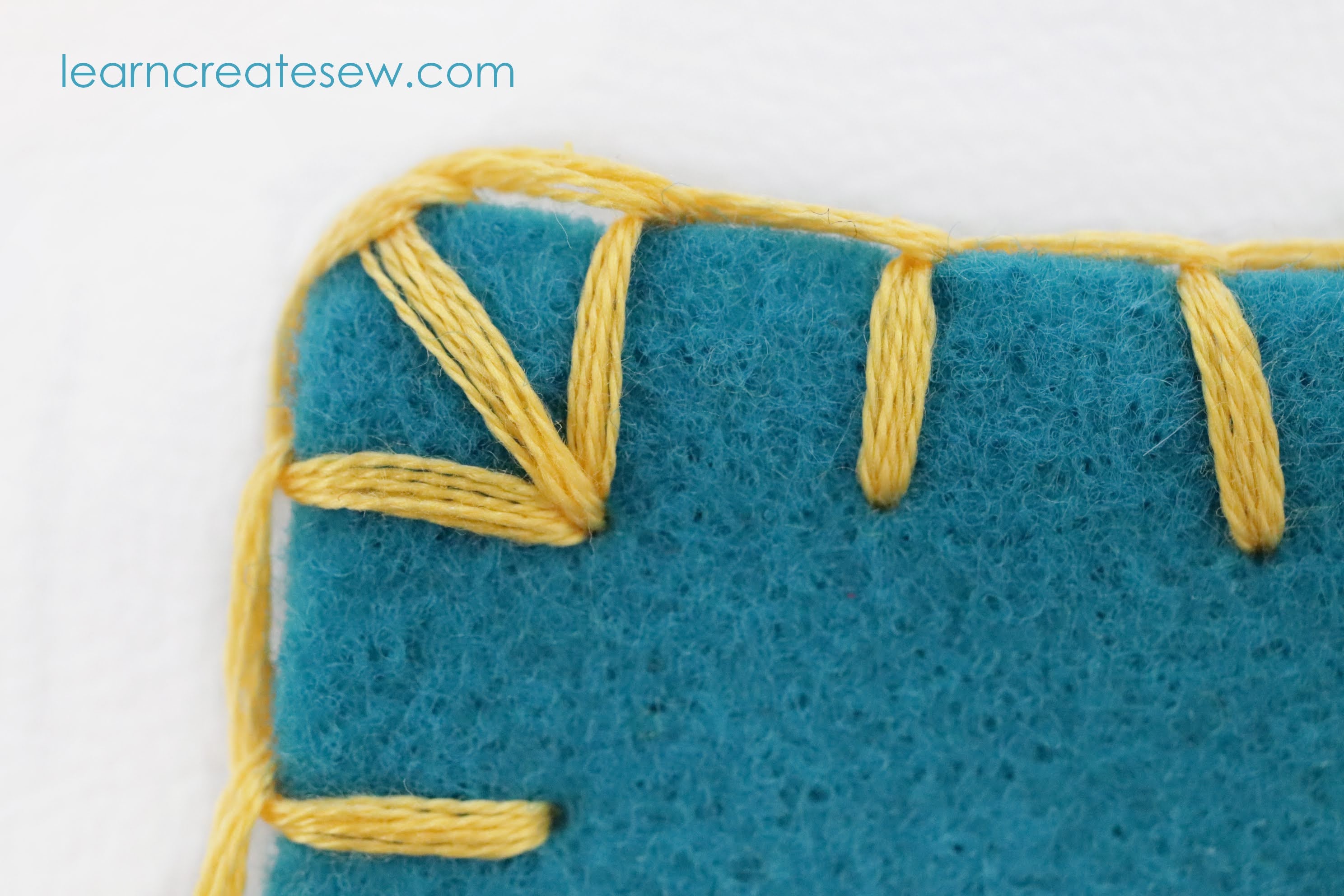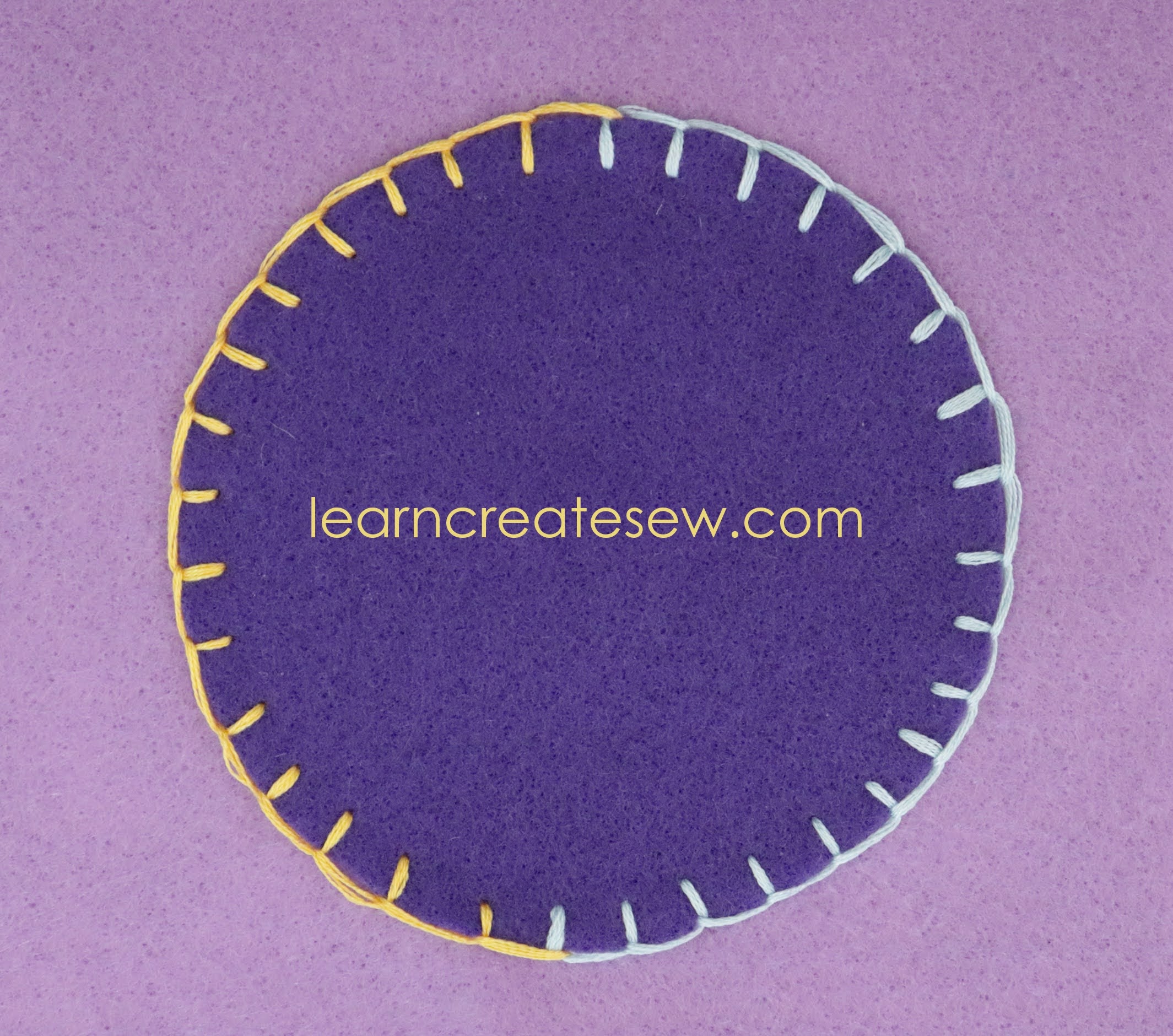It is so nice to have the time to post projects once again! This project is here for you today thanks to a viewer request. Thanks Joanne for your idea!
This is a quick little project that is a great addition to your rag doll.


This project is pretty quick, but their tiny size does make them a challenge. As a result, I tried to make as many of the steps as possible flat.
The hems in this project are finished with a single fold. If you want to avoid fraying, you can finish the top and bottom edges with a serger. You could also use double fold hems by add 1/4 inch to the top and bottom edge of the pattern and folding over 1/4 inch before following the other directions shown in the video. This may be recommended if you plan to remove the bloomers from the doll frequently.

There are two waistband styles demonstrated in the video. One is constructed flat and the ends of the elastic are visible in the seam allowance. The other is constructed in the round and the elastic is completely hidden.
You can also add lace to the bottom edge to add a bit of extra cuteness 🙂

To help reduce bulk, instead of adding an elastic casing using fabric or binding, I used a zig zag stitch over narrow elastic cord. This worked very well around the teeny tiny legs of the rag doll.

Free Pattern:
Supplies:
- Scrap Cotton Fabric ( or 6 x 16 inches)
- 1/2 yard Narrow Cord Elastic (1.5mm) (I used beading cord elastic)
- 6 inches of 1/4 inch wide elastic
- 1/2 yard Narrow lightweight lace (optional)
- Coordinating Thread
Tools:
- Sewing Machine
- Pins
- Small Safety Pin
- Ruler
- Fabric Marking Tool
- Hand Needles (Optional)
- Purple Thang or Stiletto (Optional)
- Silicone Spatula (Optional)
Detailed Instructions Video:
Quick Overview:
